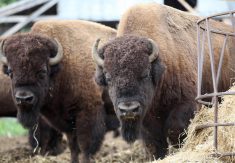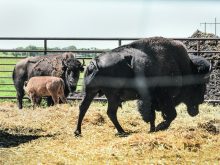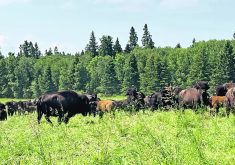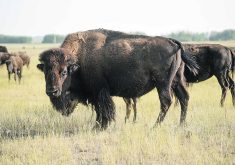PONOKA, Alta. — As the owner of one of Edmonton’s oldest restaurants, Normand Campbell knows food.
He knows that when bison is on the menu in his high-end Normand’s restaurant, it sells.
Wild meat makes up 30 percent of food sales in the French restaurant year round and increases to 50 percent in October and November when it is featured.
Campbell introduced bison to the menu 22 years ago, and it has been a steady seller ever since.
He said the restaurant sold a lot of tough bison in the first few years. He worked with the butchers and learned about the art of aging bison.
Read Also
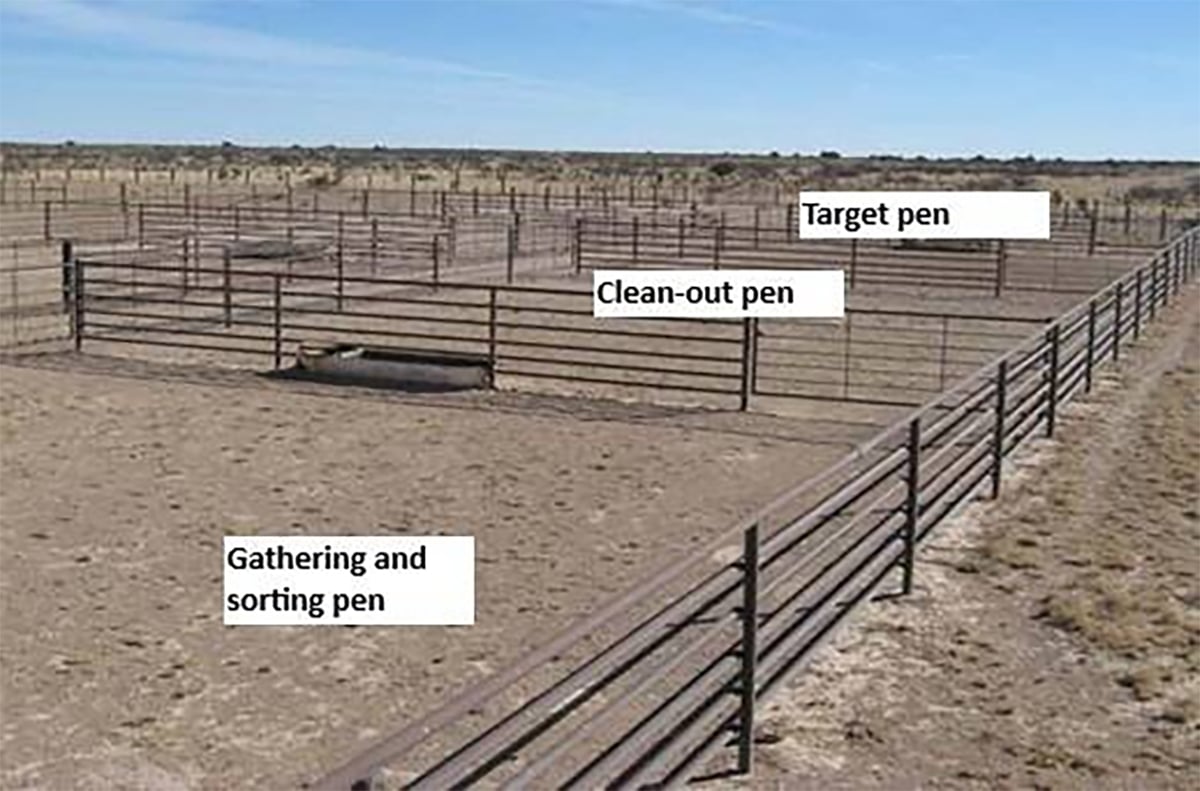
Teamwork and well-designed handling systems part of safely working cattle
When moving cattle, the safety of handlers, their team and their animals all boils down to three things: the cattle, the handling system and the behaviour of the team.
He told the recent Bison Producers of Alberta annual meeting that featuring bison and other wild meat on the menu was a good business move.
“It kept me alive. I am a little restaurant. It is what kept me separate from other restaurants.”
He said his customers want something different than beef steak and chicken.
“They’ve had chicken done 120 ways and can barbecue their own steaks in the backyard.”
Wild meat at Normand’s includes musk ox, bison, ostrich, kangaroo, wild boar and elk.
“We’re having fun with it.”
Finding a steady supply of bison has also been a challenge. Just when Campbell thinks he has found a steady supply of bison steaks, the supply dries up.
Campbell said other restaurants have given up putting bison on the menu for the same reason.
He said bison producers should organize a central bison market to help ensure restaurants have a steady supply of meat.
Terry Church, who manages Canadian Rocky Mountain Ranch, wanted to know how chefs can be encouraged to use the other cuts of meat on a bison besides tenderloin and rib eye.
He said using only those high-end steaks is the “lazy chef syndrome.”
Campbell said there is a market for smoked bison and pastrami for sandwiches made from bison, but doesn’t know where to find a good supplier. He has steady sales of bison burgers at his other restaurants.
“We buy ground bison and make burgers for lunch. We have no problem selling that. We charge $15 for a burger and people are willing to pay extra for it.”
He said he has difficulty pointing to a store or meat market when customers ask where they can buy bison.


